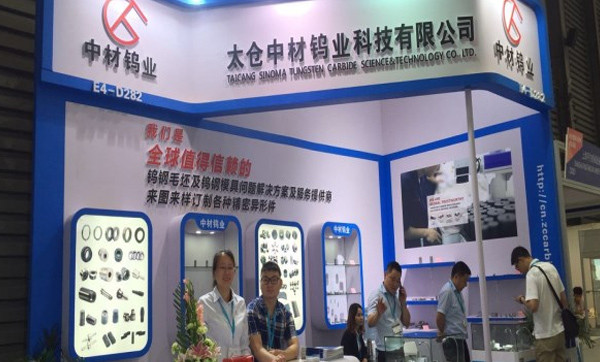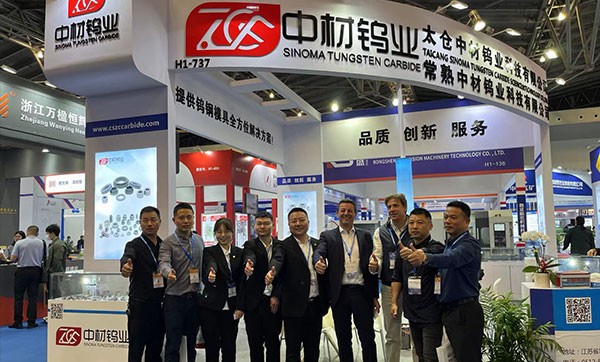One of the primary reasons for the widespread use of tungsten carbide is its unparalleled hardness. On the Mohs scale, tungsten carbide scores around 9, just below diamond. This remarkable hardness translates to exceptional wear resistance, making it an ideal material for cutting tools, drill bits, and industrial machinery. The durability of tungsten carbide extends the lifespan of tools, reducing the need for frequent replacements and thereby lowering operational costs.
Tungsten carbide boasts a melting point of approximately 2,870 degrees Celsius (5,198 degrees Fahrenheit), making it one of the most heat-resistant materials available. This property is particularly beneficial in high-temperature applications, such as in aerospace and automotive industries, where materials must withstand extreme conditions without degrading. The thermal stability of tungsten carbide ensures consistent performance even under intense heat and pressure.
In addition to its hardness and thermal stability, tungsten carbide exhibits excellent resistance to corrosion and chemical wear. This makes it suitable for use in environments where exposure to harsh chemicals or corrosive substances is common. Industries such as oil and gas, mining, and manufacturing benefit from the material's ability to maintain integrity and performance in challenging conditions.
Tungsten carbide's versatility extends beyond industrial applications. Its unique combination of properties makes it an attractive choice for various consumer products. In the jewelry industry, tungsten carbide is prized for its scratch-resistant and tarnish-free nature, offering a durable alternative to traditional metals like gold and silver. Similarly, in the field of sports equipment, tungsten carbide is used to manufacture high-performance gear that can endure rigorous use.
While the initial cost of tungsten carbide may be higher than some other materials, its longevity and performance result in significant cost savings over time. The reduced need for replacements and maintenance contributes to lower overall costs in industrial applications. Moreover, advancements in manufacturing techniques have made tungsten carbide more accessible and affordable, further driving its adoption across various sectors.
Ongoing research and development in material science continue to unlock new potential for tungsten carbide. Innovations in composite materials, coatings, and manufacturing processes are enhancing the properties and applications of tungsten carbide. For example, the development of tungsten carbide-cobalt composites has resulted in materials with improved toughness and versatility, expanding their use in cutting-edge technologies.
As sustainability becomes a critical concern across industries, the environmental benefits of tungsten carbide are increasingly recognized. Its durability and long lifespan reduce waste and resource consumption, aligning with efforts to create more sustainable industrial practices. Additionally, tungsten carbide can be recycled, further minimizing its environmental footprint.




